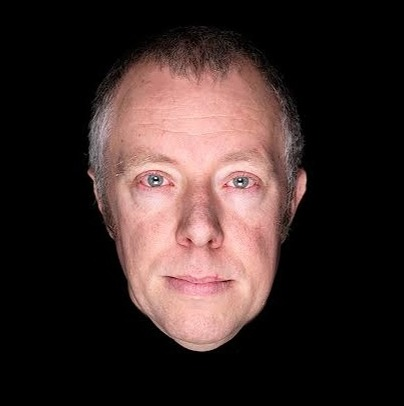
Folkert de Jong
Folkert de Jong is a Dutch artist known for creating large-scale sculptures and installations using various materials, mostly polystyrene and polyurethane foam.
Biography of Folkert de Jong
Folkert de Jong was born in 1972 in Egmond aan Zee, Netherlands. He studied at the Rijksakademie for Visual Arts in Amsterdam and participated in International Studio and Curatorial Program in New York.
In 2012, de Jong began working in bronze. This transition in medium culminated in his solo exhibition 'Amabilis Insania: The Pleasing Delusion' at the Middelheim Museum in Antwerp during 2013-2014. The incorporation of bronze in his work represented a deeper exploration of mortality, monumentality, and world history, offering a more nuanced approach than his earlier use of modern synthetic compounds, which had characterized his art for the first 15 years of his career.
From 2018 to 2022, he was engaged in a commissioned project for the city of Hoorn, collaborating with his brother, architect Merijn de Jong, to design two social housing complexes adorned with ceramic art on the façade. The entrance decorations and architectural elements evoke ancient civilizations and are inspired by stories rooted in Hoorn's history. During this project, de Jong discovered the creative potential of ceramics and concrete, expanding the scope of his artistic process.
Over the years, Folkert de Jong's work has gained international recognition. He was honored with the Prix de Rome for Sculpture in 2003 and has been featured in esteemed art events such as The Busan Biennale (2016), The First Kyiv International Biennale of Contemporary Art in Ukraine (2013), the Glasgow International Festival of Visual Art in Scotland (2012), The 17th Biennale of Sydney in Australia (2010), and the Athens Biennial in Greece (2007).
His sculptures have been acquired by various prestigious institutions and collections, including the Centre for Visual Arts, Dordrecht (NL); GEM Museum for Contemporary Art, Den Haag (NL); Groninger Museum, Groningen (NL); Herbert F. Johnson Museum of Art, Cornell University (USA); Los Angeles County Museum of Art, Los Angeles (USA); The Plancius Collection, Amsterdam (NL); Middelheim Museum, Antwerp (NL); and The Saatchi Collection, London (UK).
Folkert de Jong's art style
At the heart of de Jong's art lies the sculptural material that brought him widespread recognition: industrial Styrofoam and Polyurethane insulation foams. These materials, harsh and raw, have an elevated expressive potency that perfectly aligns with the themes he explores. His work exudes a sense of tragedy and absurdity, evoking a comically desperate psychological state, particularly evident through the use of materials. His figures take on a grotesque horror and macabre humor, reminiscent of the artistic styles seen in the works of 20th-century European artists such as George Grosz and James Ensor.
The styrofoam sculptures' bright colors and lightweight intentionally confuse the viewer with a deceptive sense of lightness that contradicts their sinister undertones. The grotesque figures serve as an unconventional means to accentuate themes such as mortality and decay.
Critic Gregory Volk has remarked that de Jong's sculptures communicate a myriad of emotions and complex states of being. From stalwart purpose to mania, fanaticism, humor, malevolence, sadness, delusion, introspection, and even tenderness, these emotions coexist simultaneously within the figures he creates. In this "goofy parade," as Volk refers to it, there is something sinister and dangerous, but at the same time, the sculptures can't be dismissed as mere symbols, as they are "too psychologically complex, too close to the bone."
Years:
Born in 1972
Country:
Netherlands, Egmond aan Zee